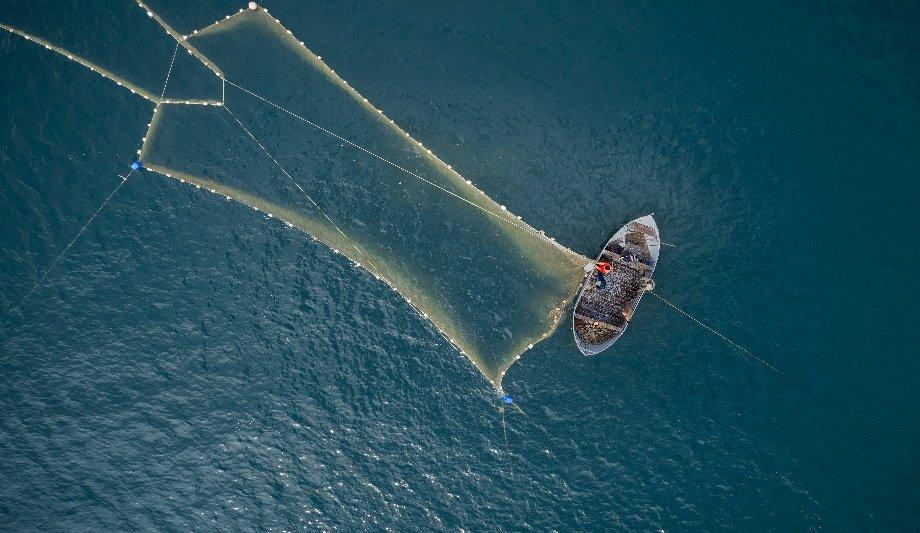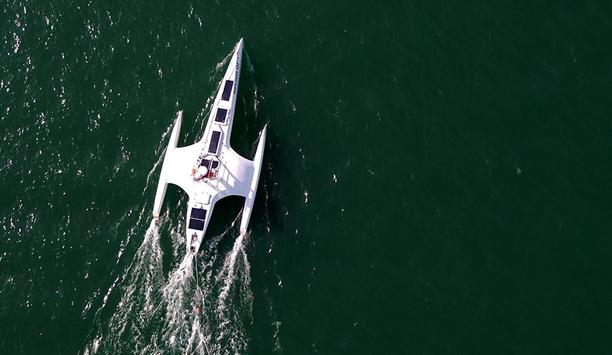Pollution from microplastics poses a threat to the marine environment and synthetic ropes used by maritime vessels are a source of the contamination. Research is ongoing into the specific impact of pollution. Meanwhile, the development of biodegradable fishing gear is one solution, but greater awareness is needed to tackle the problem holistically.
The impact of ropes on the ocean
The University of Plymouth’s International Marine Litter Research Unit is studying the impact of ropes on maritime vessels and oceans, which could result in billions of microplastic fragments entering the oceans annually.
Older ropes can release significantly more microplastic fragments
Older ropes can release significantly more microplastic fragments when compared to ropes that are one year old or less. Research shows that newer ropes release around 20 microplastic fragments per metre of rope into the ocean when compared with around 720 fragments per metre for two-year-old ropes and 760 fragments per metre for ropes that are 10 years old.
Older ropes release more microplastic fragments
Depending on the size and type of vessel, and the depth of the ocean, ropes used in fishing activities can be up to 220 metres in each haul. However, even based on only 50 metres of rope, between 700 and 2,000 microplastic pieces could be released by new ropes and up to 40,000 microplastic fragments could be released by used or old ropes.
Given that there are 4,500 active fishing vessels in the United Kingdom (UK) currently, the University of Plymouth’s International Marine Litter Research Unit estimates between 326 million and 17 billion microplastic pieces can enter the ocean annually, from the UK vessels fleet alone.
Developing bio-degradable fishing gear
The University of Plymouth is part of an ongoing project to develop bio-degradable fishing gear for use across the maritime industry.
Broadly speaking, marine litter is a global problem with a negative impact on wildlife, economics and on human health. Most litter affecting marine life is plastic and up to 12 million tons of plastic litter could enter the ocean every year. A global approach is needed to counter this.
Understanding the impact of litter on the environment
Collective expertise has guided the industry, informed educational and artistic initiatives to raise awareness
The International Marine Litter Research Unit of the University of Plymouth seeks to further understand the impact of litter on the environment, oceans and society, in order to identify solutions and to determine how to achieve them. The research unit was the first to reveal the widespread occurrence of microscopic particles of plastic debris at the sea surface and on shorelines.
Collective expertise has guided the industry, informed educational and artistic initiatives to raise awareness, and provides evidence for international organisations, including the United Nations (UN).
Pervasiveness of microplastic debris contaminating shorelines
Work by the International Marine Litter Research Unit has shown the pervasiveness of microplastic debris, contaminating shorelines worldwide, including at remote locations, such as the deepest ocean and the Arctic. Various marine organisms can ingest these pieces and the harmful effects have been shown in laboratory studies.
Microplastics can be ingested by corals, planktons, fish, seabirds and marine mammals. They are then transferred along the food chain. Various plastic polymers incorporate chemical additives and stabilisers, and they absorb toxic contaminants and pollutants from the environment.
The MINIMISE project
The MINIMISE project combines the efforts of four UK universities and two government agencies to address the impact of nanoplastics, species-environment interactions, monitoring programmes and international activities. To date, research activities in this developing field have been fragmented and greater cohesion can promote better understanding.




